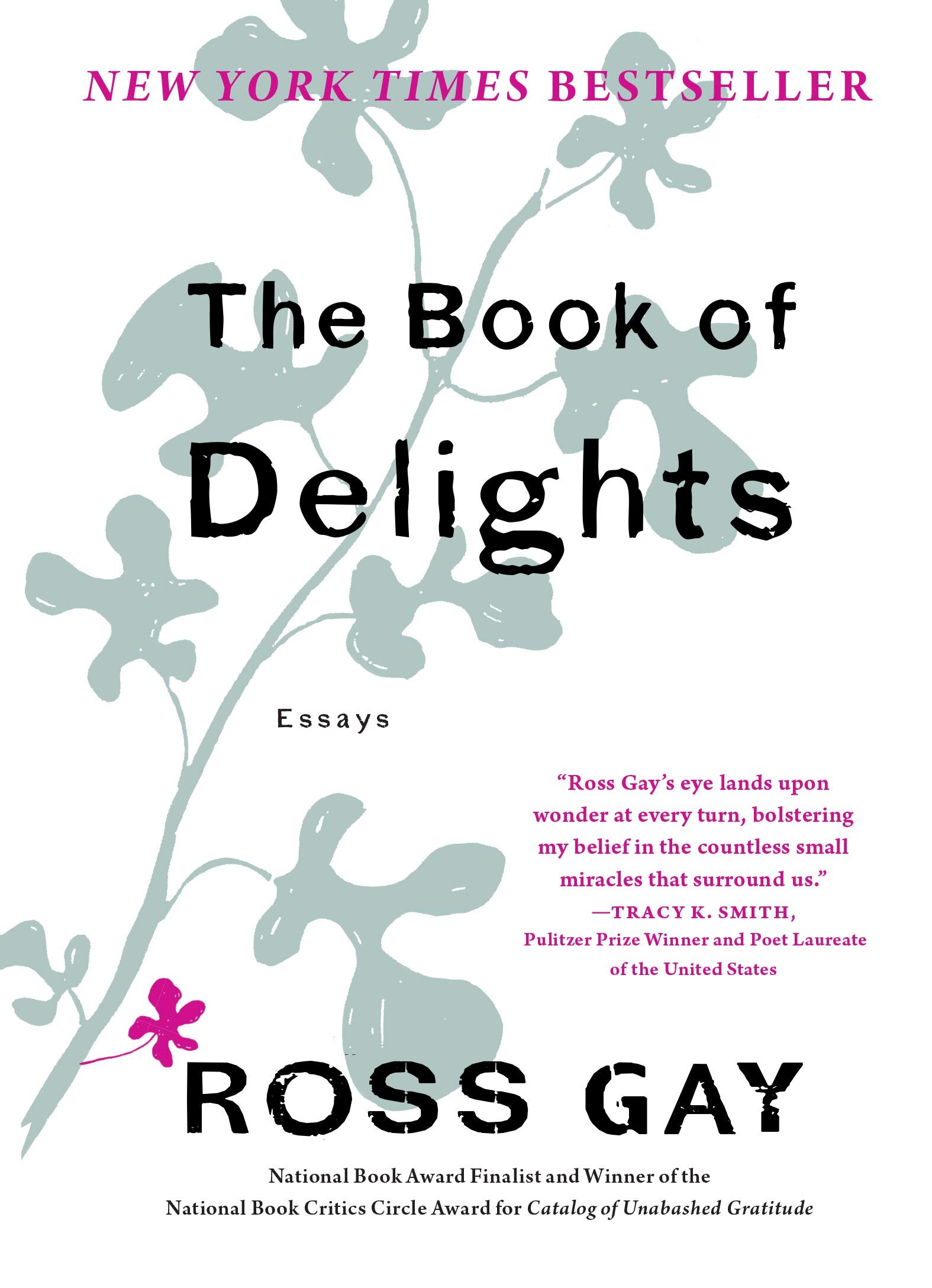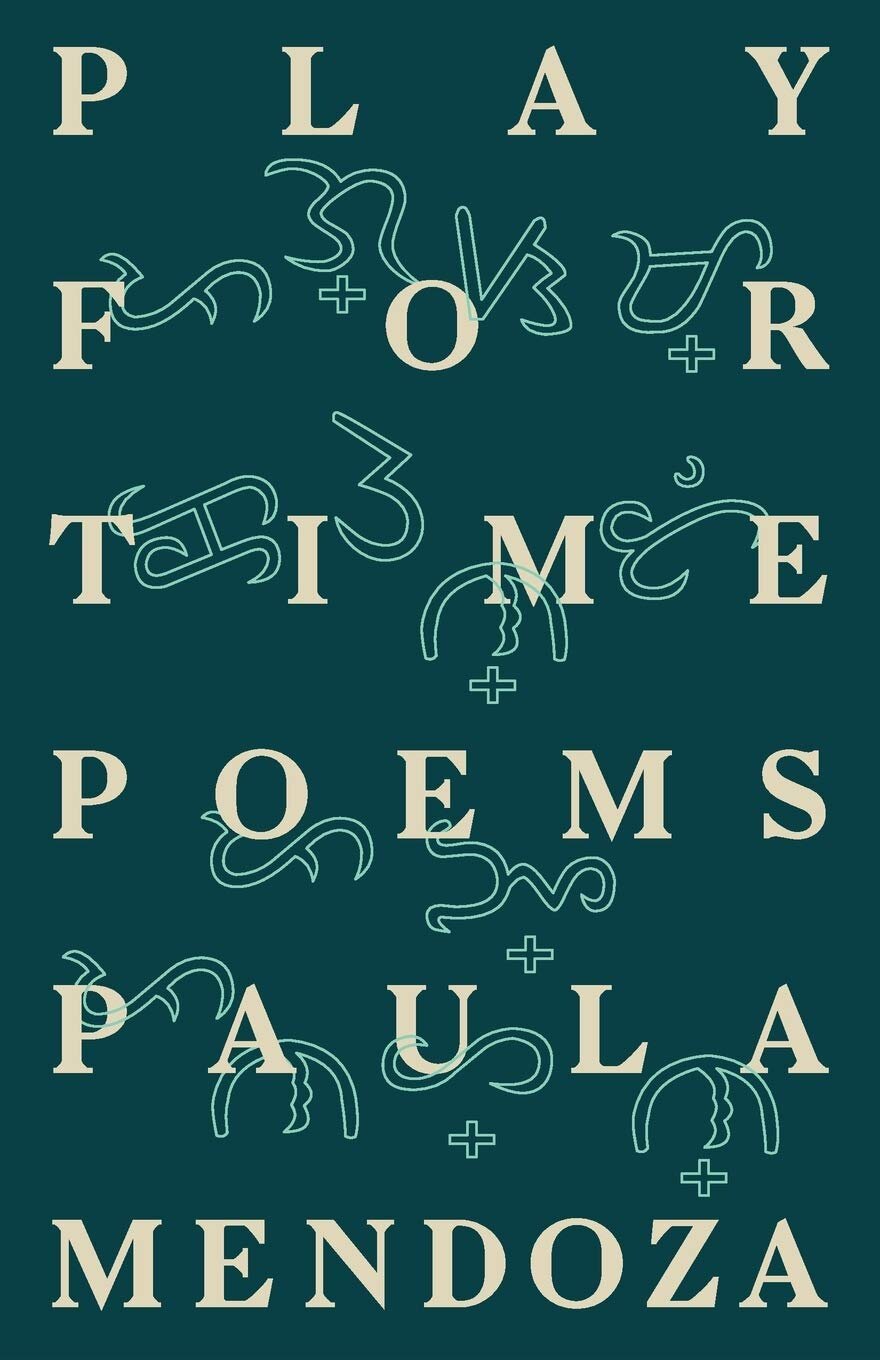I Hope We Choose Love: A Trans Girl’s Notes From the End of the World / Kai Cheng Tom / 2019
I read this book as a follow up to We Will Not Cancel Us by adrienne maree brown. Here, Tom makes similar arguments, asks similarly difficult questions. I am left with nothing but the reassurance that we owe one another more than a carceral system. That the work of transformative justice will take sacrifice and resources if it will ever be more than an activist’s pipe dream. Interlaced with meaningful poems against about relationship dynamics, self-care, and love, these essays read fluidly, perfect for audiobook reading. Tom’s activist persona sometimes takes some getting used to, largely because it feels like the persona of someone who is a minor celebrity in activist circles. She also uncomfortably fits the traumatized social justice warrior stereotype at times. Even so, I appreciated the weight this book attempted to carry. 4/5
There Should Be Flowers / Joshua Jennifer Espinoza / 2016
An excellent first collection of poems by Latina transwoman, written in a lucid, confessional style. Even though this poetry is sad, often brought down by the weight of transmisogyny and other oppressions, Espinoza reaches for joy with every bit of her strength. Fans of Danez Smith and Christopher Soto will get lost in this book. I recommend this book to anyone interested in trans lit, LGBTQ+ lit, feminism, Latinx lit, poetry, confessional poetry, and anyone who needs a book to help them slow down and absorb the world, whether it be painful or pretty. 5/5
House of Rain: Tracking a Vanished Civilization Across the American Southwest / Craig Childs / 2007
Craig Childs is the perfect author to read via Audiobook. His smooth, breeze-like sentences nestle easily into your ear. The content is not so complex that you’ll need to rewind frequently to make sure you caught everything if you are doing your dishes or driving. This book succinctly and impressively creates a narrative of thousands of years of history of the Ancestral Puebloan, the ancestors of the Hopi, Ute, and other groups, via their pottery, archeological sites, Native rock art, and more. Those with a liking for mystery novels will probably be hooked. Desert rats who love tales of “becoming one with nature” will love this book, especially if they understand “becoming one with nature” is a dangerous activity that will attempt to kill you. I appreciate this book because it taught me a lot about wilderness survival, especially as someone who is unwilling to put myself at risk in the desert. It taught me that the term Utahans use for ancient indigenous groups, ”Anasazi,” is actually a Navajo slur meaning “enemy ancestors.” It taught me about the astrological alignments for ancient sites, the intergenerational migration patterns of humans in the Southwest and how it is evident through changes in pottery, architecture, and cave art. It taught me about the technological significance of the art, how it was likely used to signify ethnicity, historical spots in oral histories, how flames on mountaintops were likely used as long distance morse code system, about communication throughout the Pre-Columbian Americas. If you live in the Southwest, this book will introduce you to the challenges of grappling with our histories, especially as we try to honor sites now. I recommend this book to everyone who lives in the Southwest, and anyone interested in lit about Native history, archeology, the environment, and just damn good non-fiction prose. 5/5
Hermosa / Yesika Salgado / 2019
Here Yesika does what she does best: poems about heartbreak, self-love, odes to home, and pieces exploring diasporic identity. Follow her IG if you haven’t yet, and decide if you want a book of that. I’m looking forward to teaching some of these pieces later. I recommend this book to anyone interested in Latinx lit, feminism, Salvi lit, and love poetry. 3/5
Green / Laura Vacarro Seeger / 2012
A lush colorful book for those who want their children to grow a love for the natural world, learn their colors, while also learning some basic words. There are holes in the pages that create some fun transformation and color crossover in the book. I loved it. I recommend this book for anyone with children. 5/5
Together We Walk / Peter S Seymour / 1971
I found this book while visiting Dreamscapes in the Gateway with poet friends. Instead of exploring the first exhibit, I read the entire book. The fantastical, dreamy environment stimulates and dazzles the senses, and such an environment was actually the perfect setting for reading this calm children’s book about nature and growing up. This book feels like a forgotten gem of children’s literature, not saturated in the gloss and high tech images of today’s books, but organic, sweet, and calming. I recommend this book to everyone. 5/5
Home is not a Country / Safia Elhillo / 2021
Safia Elhillo has gifted us a collection of poems that creates a novel, a so-called novel-in-verse. I’m unsure whether this is just a clever reframing and marketing for a collection of poetry and how blurry/clear the lines of genre are here. The poems do an amazing job building the character, even if as individual pieces, they are at time underwhelming. This book needed to be in poems because I don’t think it could have pulled off its supernatural elements in prose without getting corny. In the story, Nima, named a nostalgia monster by her friends, longs for the homeland, presumably in Sudan (like the author). She creates an alter-ego of herself without her perceived shortcomings named Yasmeen, a version of herself with stronger connections to the homeland, who has a father, who is better at being a young girl. Yasmeen ends up coming to life and the both battle in a struggle to control the timeline and not obliterating Nima from existence. It’s a heavy handed metaphor for the struggle of diasporic identity, but in this set of poems it largely works and leaves the reader with a fulfilling sense of peace. I recommend this book for folks interested in the line between fiction and poetry, Black lit, feminist lit, diasporic lit, and YA. 3/5
The Fine Balance / Rohinton Mistry / 1997
A lower caste family attempts to improve their station by becoming tailors. Taking place during The Emergency, the third-person narrator delivers the story of their tribulations and eventual downfall to becoming beggars in a blunt, factual style. The reader watches helplessly as they face eviction, amputation, forced sterilization, and worse. I deeply admire the author’s restraint and his reluctance to aestheticize or lyricize the violence. I also admire his ability to follow the main characters clearly while capturing the busyness of India. This book does an excellent job capturing its time, the pressures of modernization, the attempts of poorer families to rise in status. It broke my heart over and over again. 5/5
Wake: The Hidden History of Women-Led Slave Revolts / Rebecca Hall & Hugo Martínez / 2021
Part memoir, part graphic novel, Wake attempts to flesh out the history of women-led slave revolts. The scholarly work supporting this book is painstaking, and the novel does an excellent job elucidating the challenges of reading the suppressed clues signaled in the archives. Here, we hear the author express the toll the work takes on her, a familiar tale for anyone whose graduate studies focused on oppression of marginalized groups. Most importantly, we learn the crucial role women played in many slave revolts. Hall uncovers that women were responsible for the slave revolts on most ships, largely because they were left unchained by really misogynistic and stupid enslavers. I strongly recommend this book for high school students learning about history. This book would pair great with books like Persepolis, Maus, and Nat Turner. I recommend this book to those interested in memoir, Black history, Feminist lit, and LGBTQ+ lit. 5/5





























